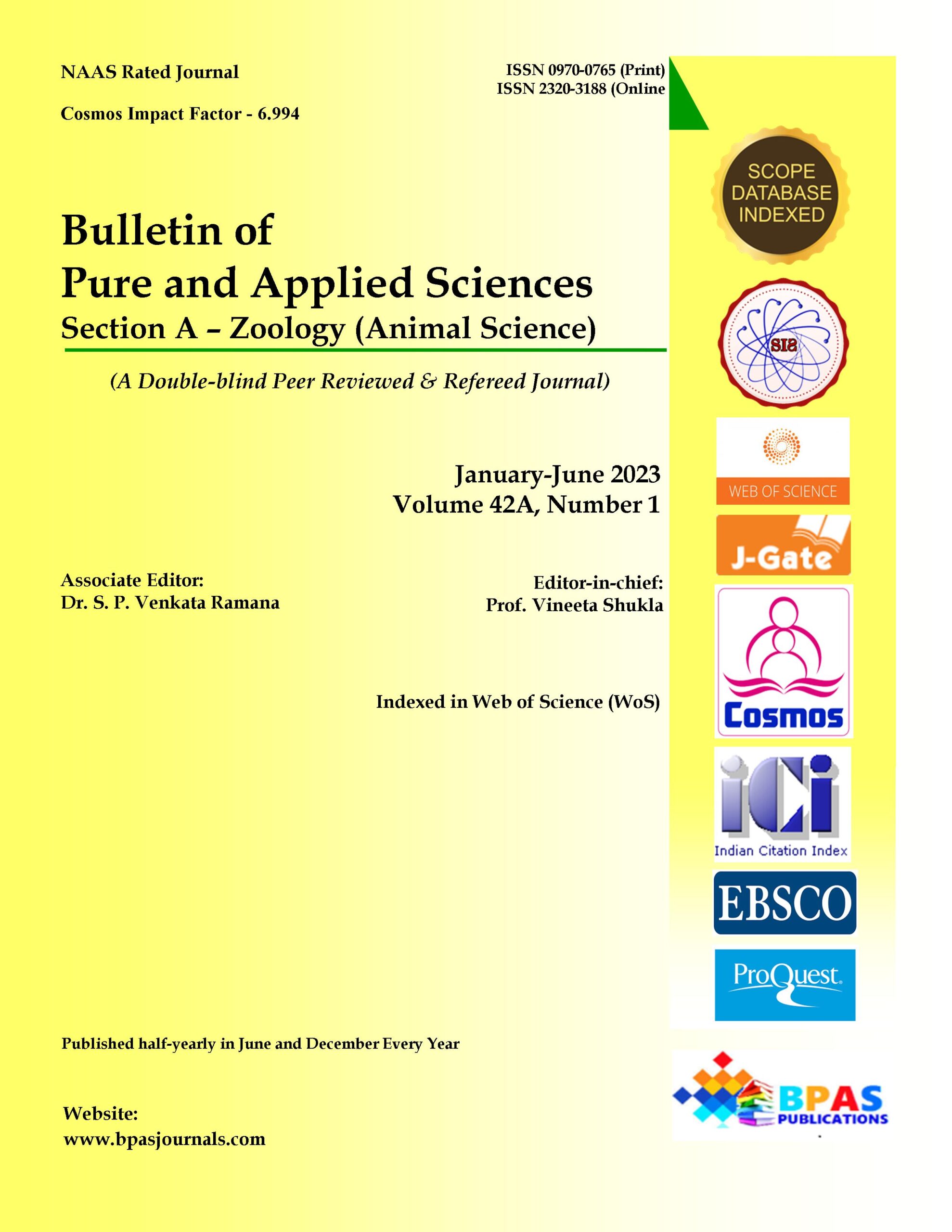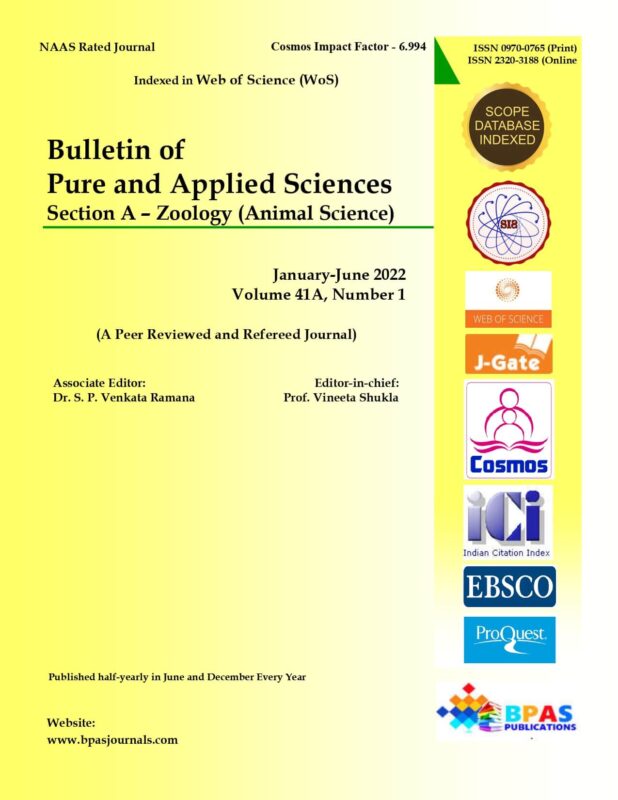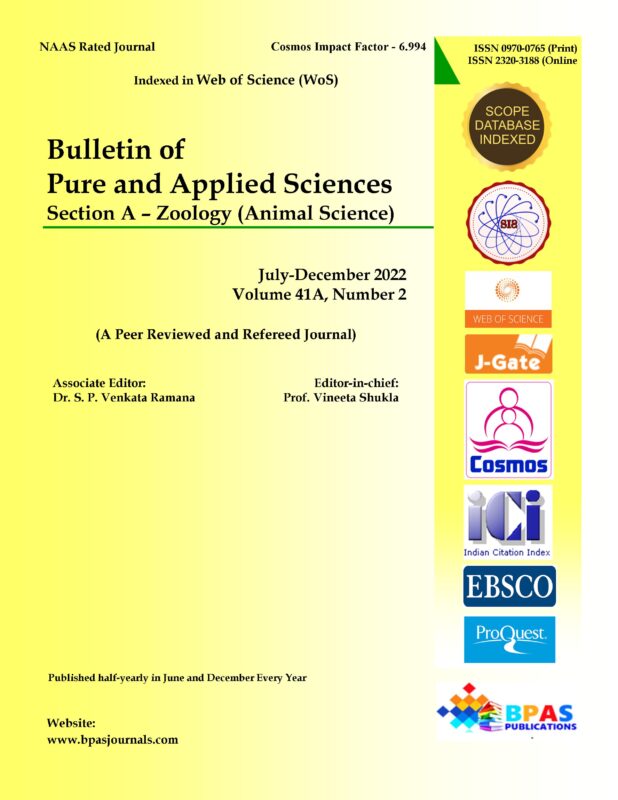Comparison of the Nutritional Health Profile of the Pregnant Women and its Association in Developing Anemia: A Progressive Study of the Rich and Poor Pregnant Women of the Ajmer City
9.38$
Comparison of the Nutritional Health Profile of the Pregnant Women and its Association in Developing Anemia: A Progressive Study of the Rich and Poor Pregnant Women of the Ajmer City
1,2Swapana John* and 1Dr. Prakash C Sharma
Bulletin of Pure and Applied Sciences
Zoology (Animal Science), Vol.42A, No.1,
January-June 2023: P.64-86
DOI: 10.48165/bpas.2023.42A.1.7
Original Research Article
Description
Comparison of the Nutritional Health Profile of the Pregnant Women and its Association in Developing Anemia: A Progressive Study of the Rich and Poor Pregnant Women of the Ajmer City
1,2Swapana John* and 1Dr. Prakash C Sharma
| Author’s Affiliation:
1Department of Zoology, S.P.C Government College, Beawar Road, Ajmer, Rajasthan 305001, India 2Department of Zoology, Sophia Girls’ College (Autonomous), Ajmer, Rajasthan 335001, India
|
| *Corresponding author:
Swapana John, Assistant Professor, Department of Zoology, Sophia Girls’ College (Autonomous), Ajmer, Rajasthan 335001, India E-mail: swapna4christ@gmail.com
|
| Article Info:
Received on 23.11.2022 Revised on 20.01.2023 Approved on 15.05.2023 Accepted on 24.05.2023 Published on 16.06.2023 |



